Course Overview
Storyline:
Key Topics:
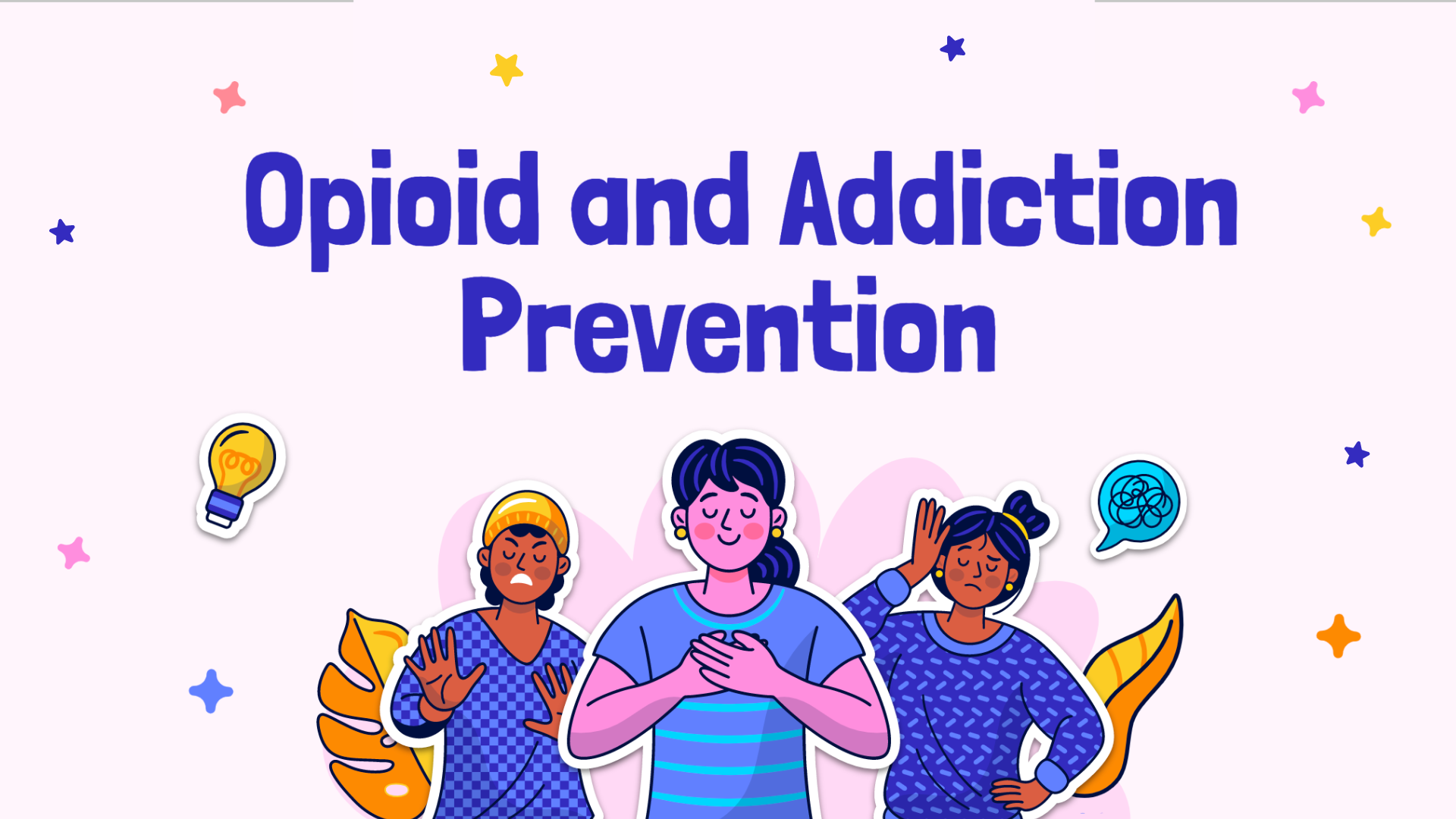
Grade Level
Best Fit
Number of Lessons
Lesson Duration / Total Duration
Standards
- Program Quality Assessments (PQA)
- Social Emotional Learning (PEARSON)
- Colorado Department of Education
- National Health Education Standards
- Substance Abuse & Mental Health Services Administration
- Collaborative for Academic Social, & Emotional Learning (CASEL)
Sneak peek of our 5-Level Opioid Awareness & Education course
The Basics
1. Students begin by reviewing the purpose of the course, and go over the topics to be explored throughout the course.
2. Students then learn about the concepts of Upstander, Bystander, and Confident. They learn how to identify to be each term in a tough situation.
3. The concepts of Criminalization vs De-criminalization are discussed through arguments for/against strong policing or safe drug policies.
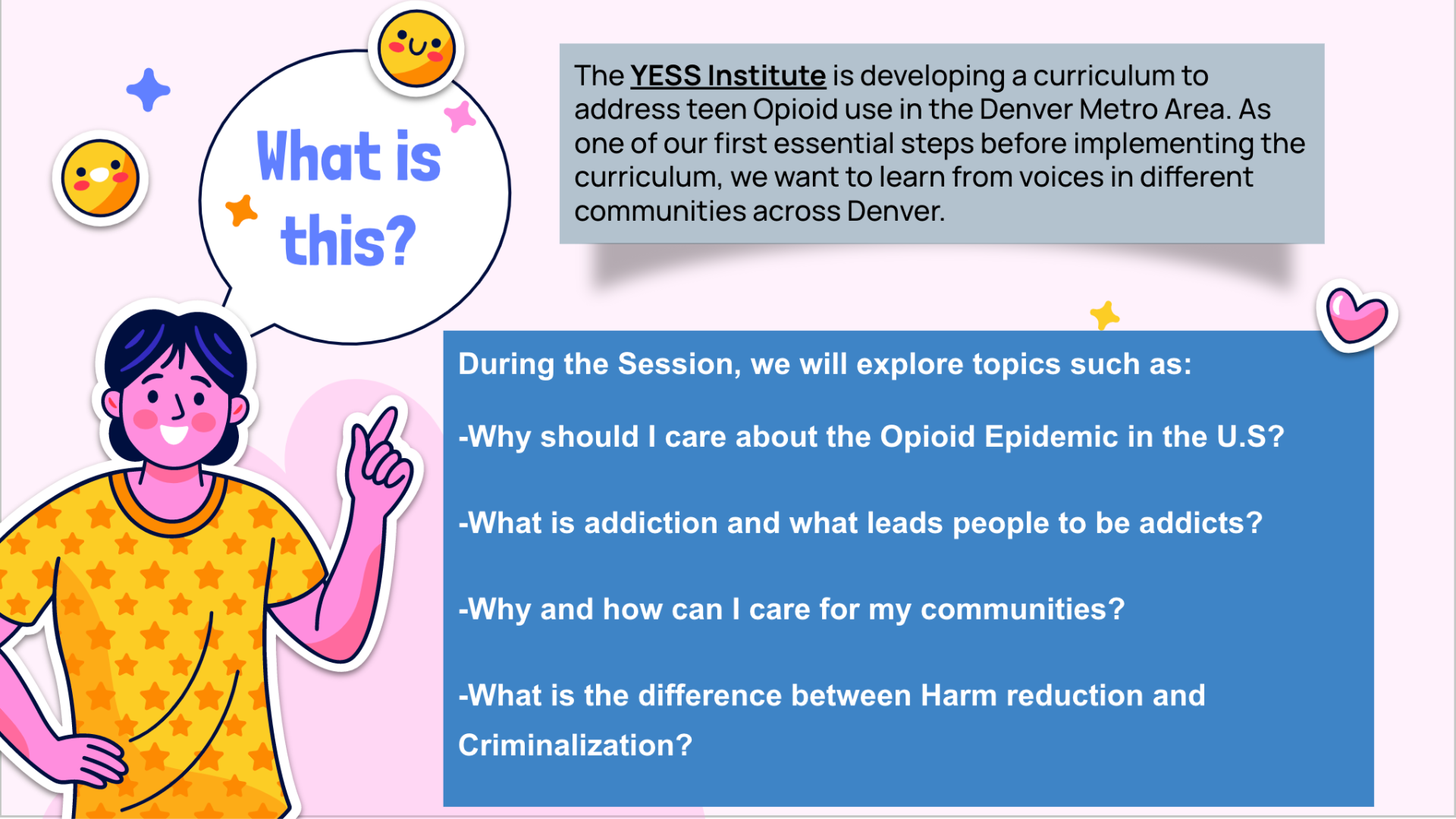
The Basics
1. Level 2 starts with a lesson on the history of the War on Drugs in the United States, and explore how it has impacted their personal lives.
2. Discussing the historical impact of drugs helps students understand how we react to drugs as a society.
3. By understanding the history of opioids specifically, students learn about the development of opioid addiction.
4. Students also learn how to protect themselves and their community by learning signs of overdose and by understanding the use/purpose of Narcan.
5. Finally, students begin to explore how opioids impact their communities, and ways they can fight back.
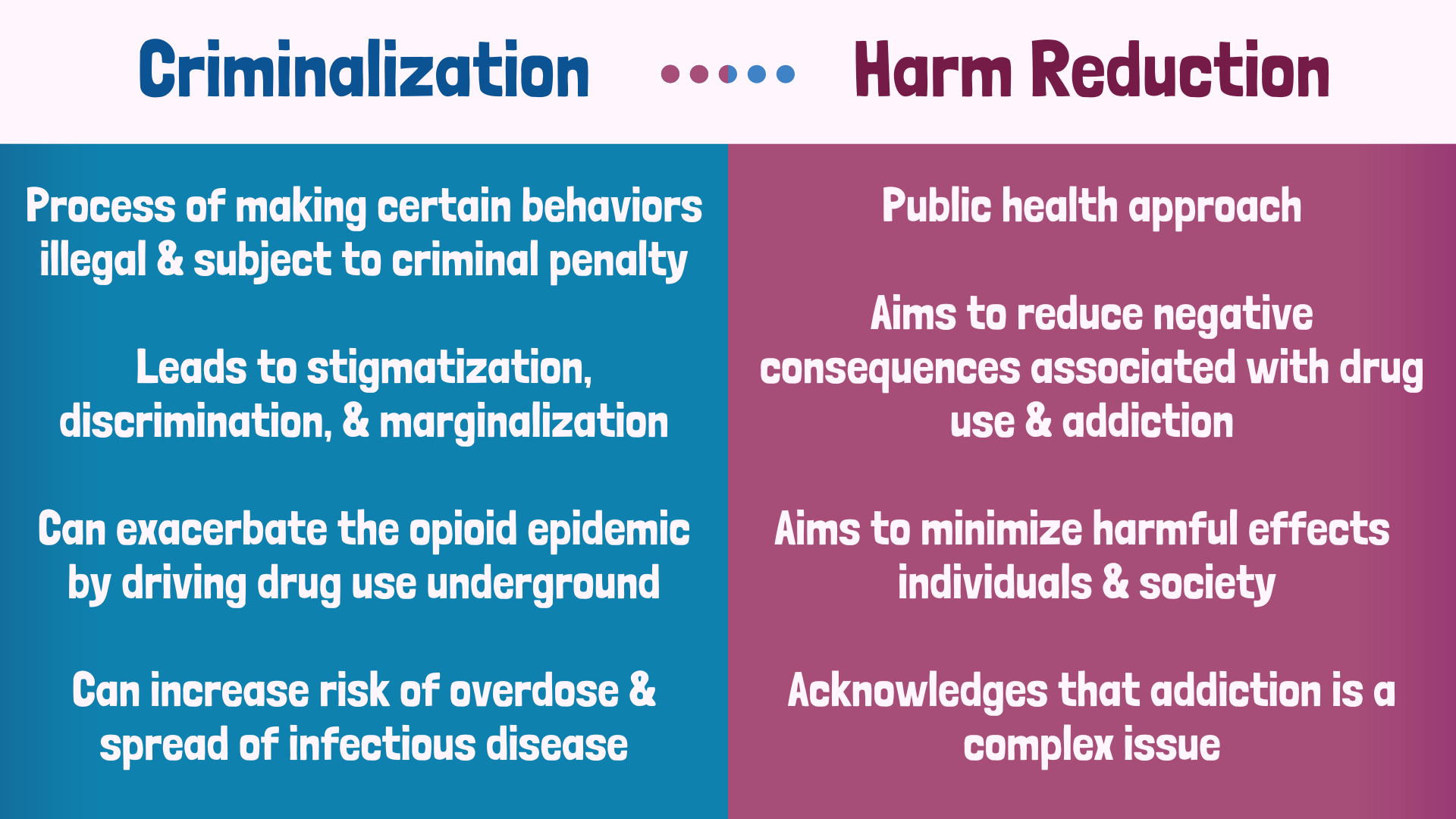
The Basics
1. Students learn about key examples in society of Fentanyl overdose (e.g., Mac Miller) in order to connect the present day dangers to lived experiences.
2. Level 3 also goes through misperceptions of information: identifying where to get reliable information.
3. Exploring the effects of social media, trusted adults, news sources, etc. helps students identify trusted adults in their lives and explore how social media impacts their mental health.
4. Next, students start exploring opioid effects on the body.
5. Finally, practicing "How do I say no?" scenarios helps students determine the right choice for them when facted with tough situations.
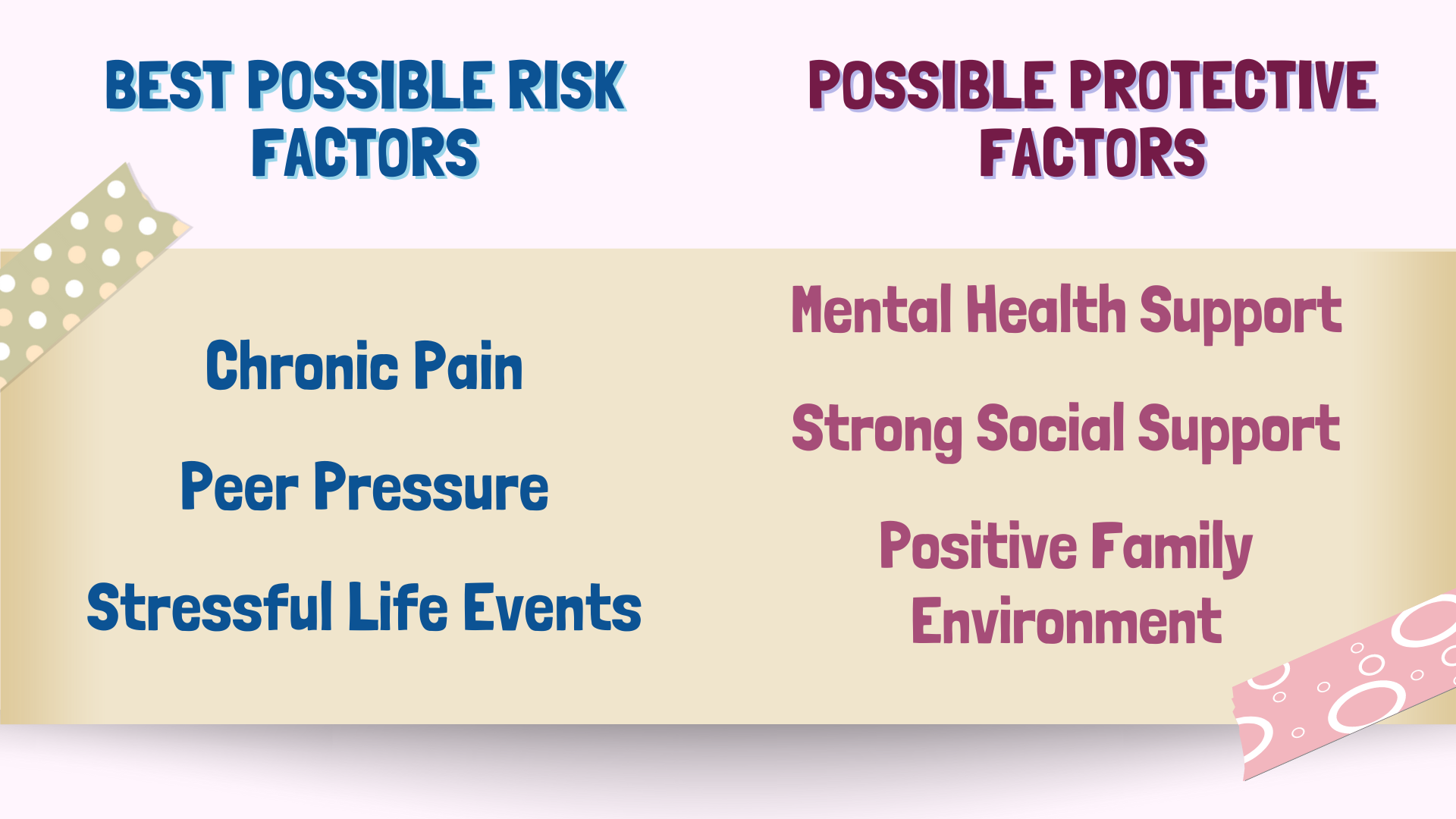
The Basics
1. Level 4 begins with a lesson about that a sense of 'belonging' (versus 'fitting in') is and how it can help us on a daily basis.
2. Students begin to explore how brain development can impact health and/or addiction, and determine what strategies are helpful to build healthy habits.
3. Students also learn about risk VS protective factors, determine what wellness looks like for them.
4. Students start breaking down the language of addiction and explore why language can isolate others; this gives students a chance to practice empathy.

The Basics
1. Level 5 marks the beginning of the discussion of the opioid epidemic in the United States, and how it affects us.
2. By learning more about the role of healthy habits in daily life, students build connections between responsible choices, and connections between mental health and addiction.
3. Practicing decision-making and identifying people in our 'Spheres of Influence' helps students conceptualize their control over the outcome of certain situations.
4. Finally, students are introduced to the final project they will complete for the course.
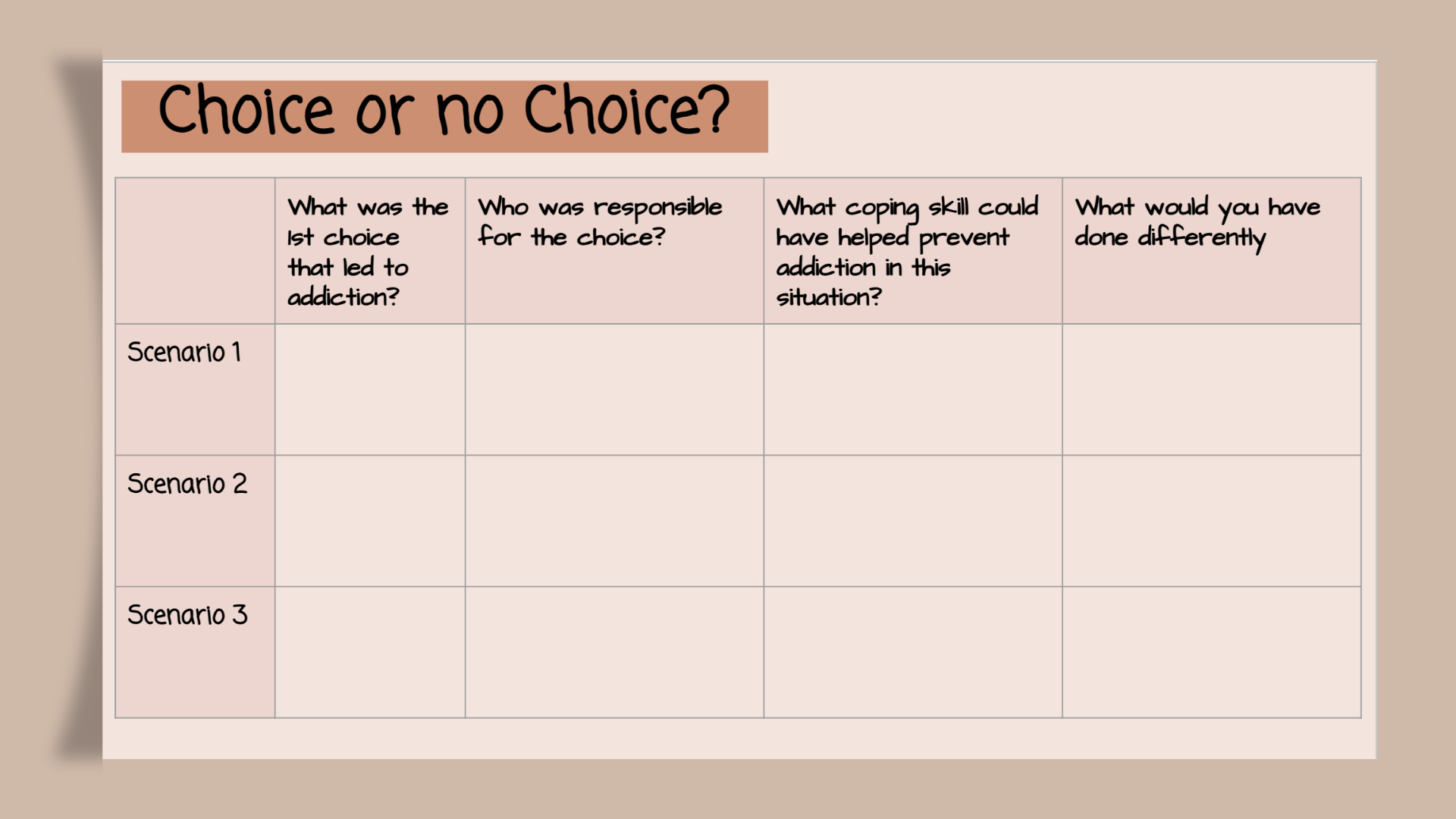
Your custom license:
Other Healthy Lifestyles Courses

